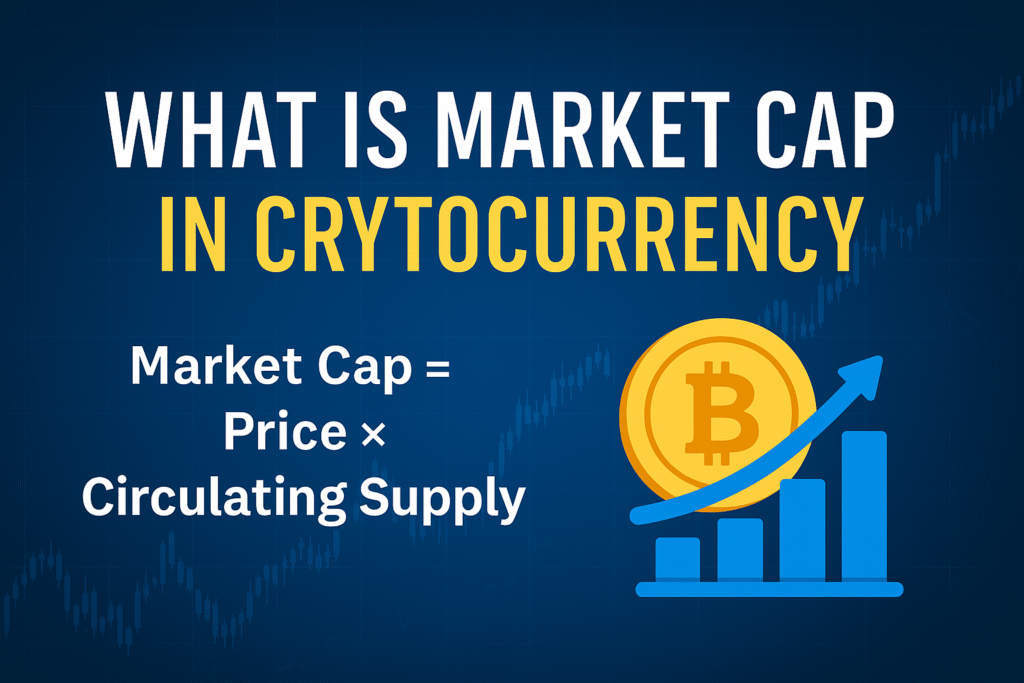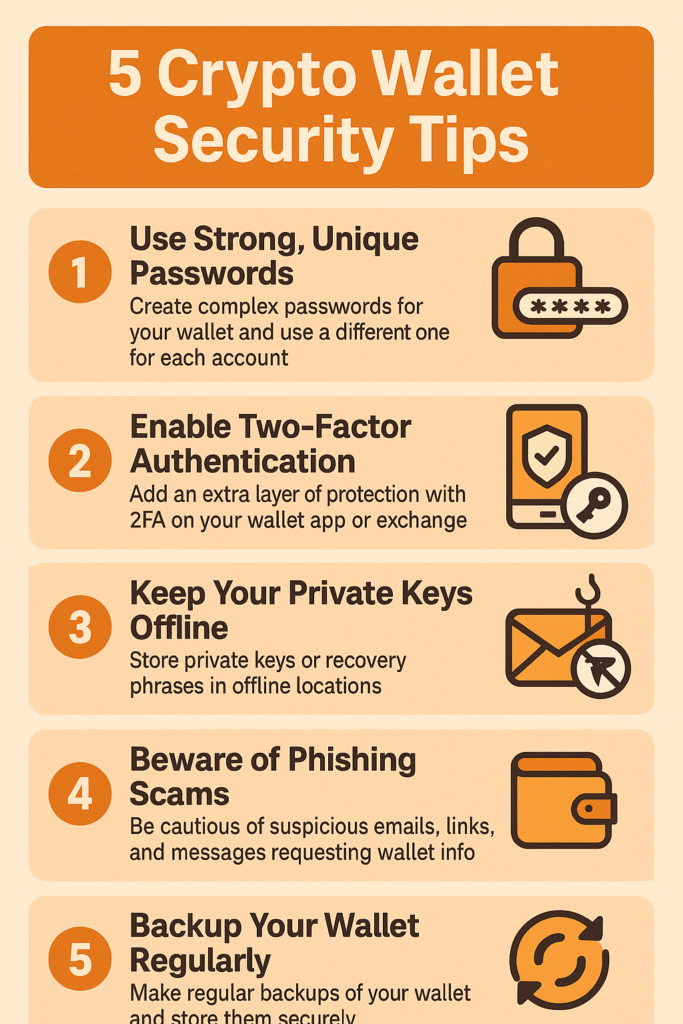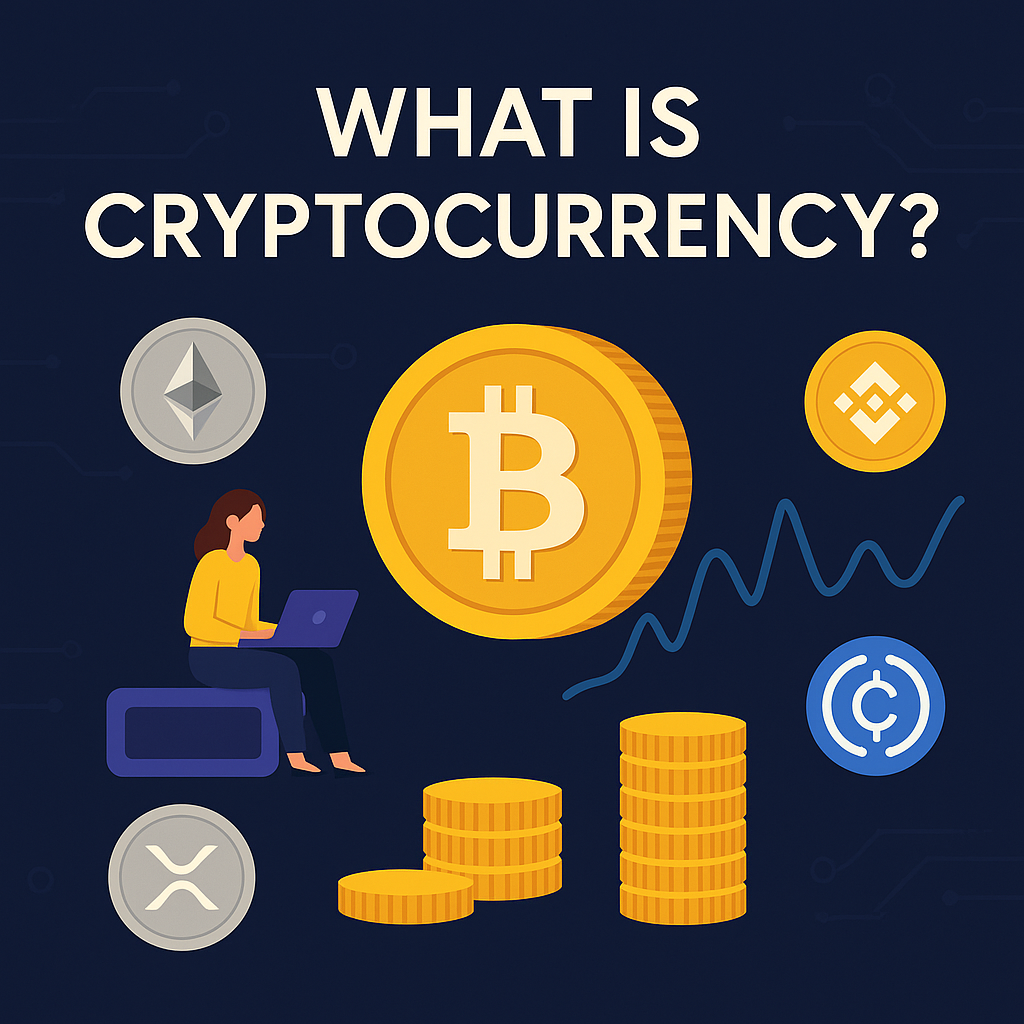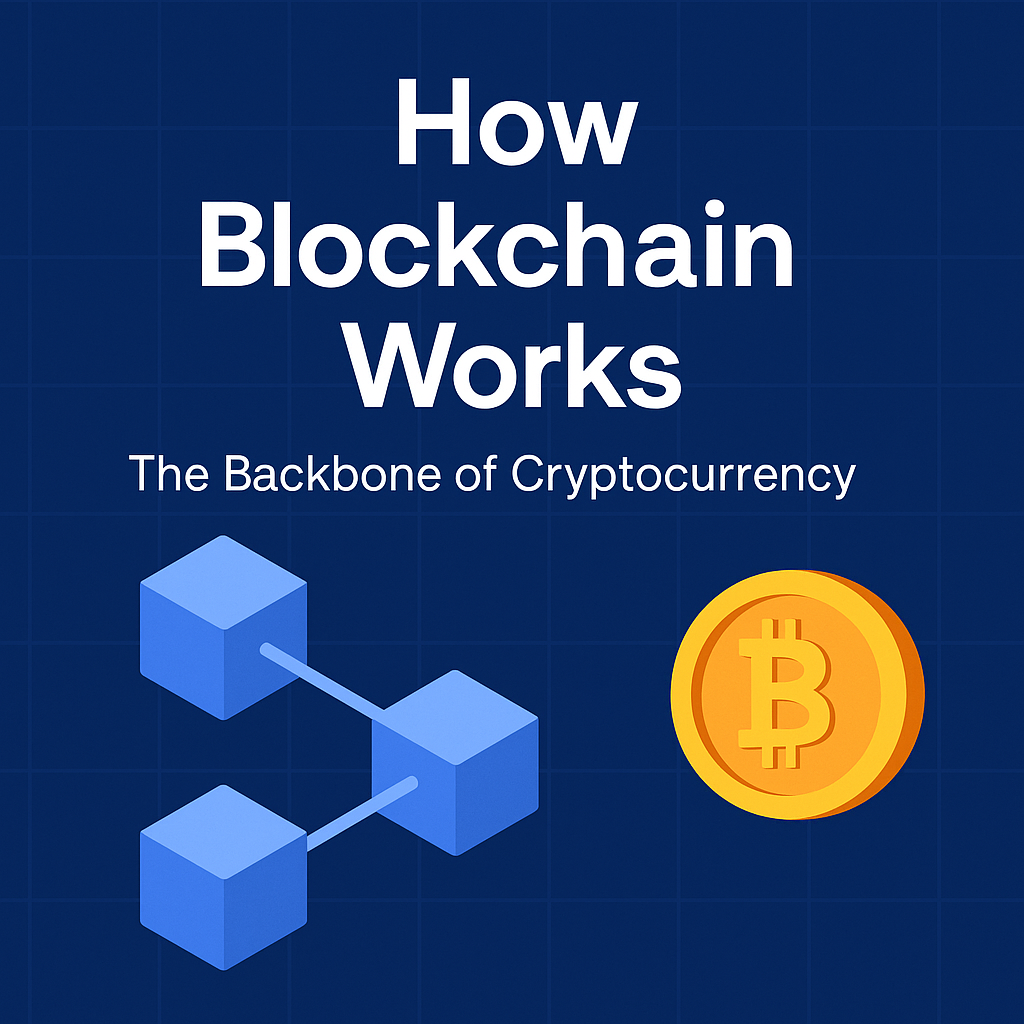
“Price is what you pay. Market cap is what the world believes it’s worth.”
When people talk about cryptocurrencies like Bitcoin or Ethereum, they often focus only on the price. But if you really want to understand how crypto assets are valued — and how to spot long-term winners — you need to understand Market Capitalization (Market Cap).
In this guide, we’ll break down what market cap means, how it’s calculated, why it matters, and how it can protect you from poor investment decisions.
📌 Table of Contents
- What Is Market Cap?
- How to Calculate Market Cap in Crypto
- Market Cap Categories: Large, Mid, Small Caps
- Real-World Example: Bitcoin vs Dogecoin
- Why Market Cap Is More Important Than Price
- Pitfalls of Using Price Alone
- Total Crypto Market Cap Explained
- How to Use Market Cap in Investing
- Case Study: Shiba Inu & the Hype Trap
- Final Thoughts + Trusted Tools
1. 📘 What Is Market Cap?
Market Capitalization in cryptocurrency is the total value of a crypto asset in circulation.
It gives you a quick idea of how big or dominant a cryptocurrency is in the overall market.
🔢 Formula:
Market Cap = Current Price × Circulating Supply
2. 📏 How to Calculate Market Cap in Crypto
Let’s take an example:
🟩 Example 1: Bitcoin
- Price: ₹50,00,000
- Circulating supply: 19 million BTC
- Market Cap = ₹50,00,000 × 19,000,000 = ₹9.5 trillion
🟨 Example 2: Altcoin X
- Price: ₹15
- Circulating supply: 50 billion tokens
- Market Cap = ₹15 × 50,000,000,000 = ₹750 billion
💡 Insight: Even though Altcoin X costs only ₹15, it has a huge supply — so its market cap is high.
3. 🔢 Market Cap Categories
| Category | Market Cap Range | Risk Level | Example Coins |
|---|---|---|---|
| Large Cap | $10 billion+ | Low risk | BTC, ETH, BNB |
| Mid Cap | $1 billion – $10 billion | Moderate | Polygon, Chainlink |
| Small Cap | < $1 billion | High risk | Shiba Inu, PEPE |
4. 🥊 Bitcoin vs Dogecoin: A Case Study
| Metric | Bitcoin (BTC) | Dogecoin (DOGE) |
|---|---|---|
| Price | ~$65,000 | ~$0.15 |
| Circulating Supply | 19.5M | 140B+ |
| Market Cap | $1.2 Trillion | ~$20 Billion |
📌 Observation:
Dogecoin is cheaper, but Bitcoin has a much higher market cap, making it more stable and valuable in the long run.
5. 📉 Why Market Cap Is More Important Than Price

Price can be misleading. A token priced at ₹1 may look cheap, but if it has 1 trillion coins in circulation, it’s already overvalued.
⚠️ Don’t fall for the “low price = better value” myth.
Market cap gives a realistic picture of an asset’s scale, demand, and investor confidence.
6. ❌ Pitfalls of Using Price Alone
- 🪙 Shiny Object Syndrome: Thinking cheap = undervalued
- 🧊 Frozen Liquidity: Many low-price tokens have no trading volume
- 🐸 Meme Coin Trap: Viral coins often pump but crash fast
- 🧻 No Use Case: Many tokens with low prices are abandoned projects
7. 🌍 Total Crypto Market Cap
As of mid-2025, the entire crypto market cap is over $2.8 trillion (source: CoinMarketCap).
| Segment | Market Share % |
|---|---|
| Bitcoin | 45% |
| Ethereum | 18% |
| Stablecoins | 10% |
| Altcoins | 27% |
This tells us that Bitcoin dominates nearly half of the market value — giving it stability and influence.
8. 🧠 How to Use Market Cap in Investing
✅ Beginner Tip:
Start with Large Cap coins like BTC or ETH — they’re safer and less volatile.
🔄 Mid-Level Strategy:
Mix of large + mid cap for growth potential
⚠️ High-Risk Strategy:
Add small-cap tokens, but with strong research and low investment amount
💬 “Don’t invest based on price. Invest based on purpose, people, and potential.”
9. 🧨 Case Study: Shiba Inu & the Hype Trap
In 2021, Shiba Inu (SHIB) went viral, increasing in price by over 300,000%.
But its circulating supply was in trillions, so its market cap still lagged behind real utility coins like Cardano or Polkadot.
Key Lesson:
Price pumps don’t mean long-term value. Market cap shows what the entire market thinks the token is worth.
10. 🧭 Final Thoughts
Market cap is your compass in the wild world of crypto.
It helps:
- Compare crypto assets more fairly
- Detect overhyped, low-value coins
- Make better long-term decisions
Price is just one piece of the puzzle. Market cap gives the full picture.

